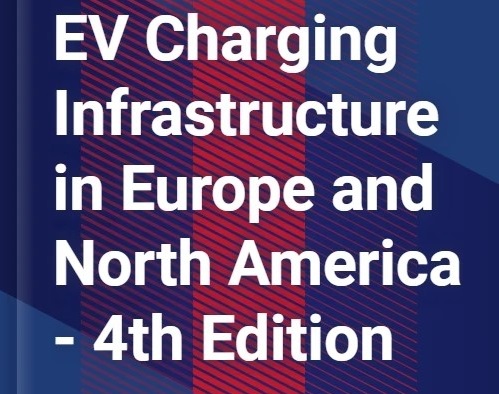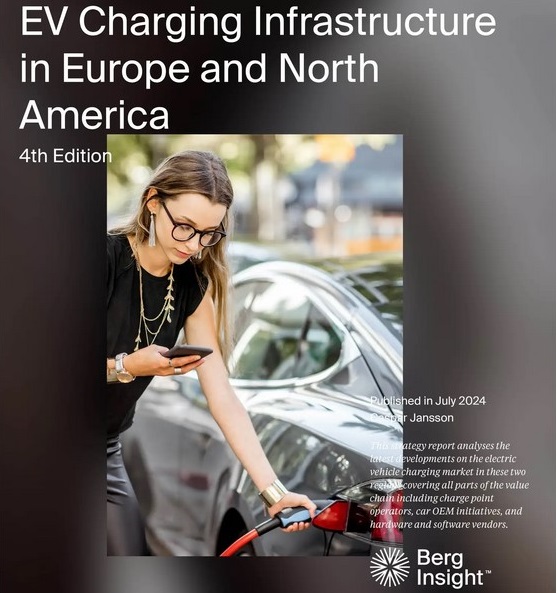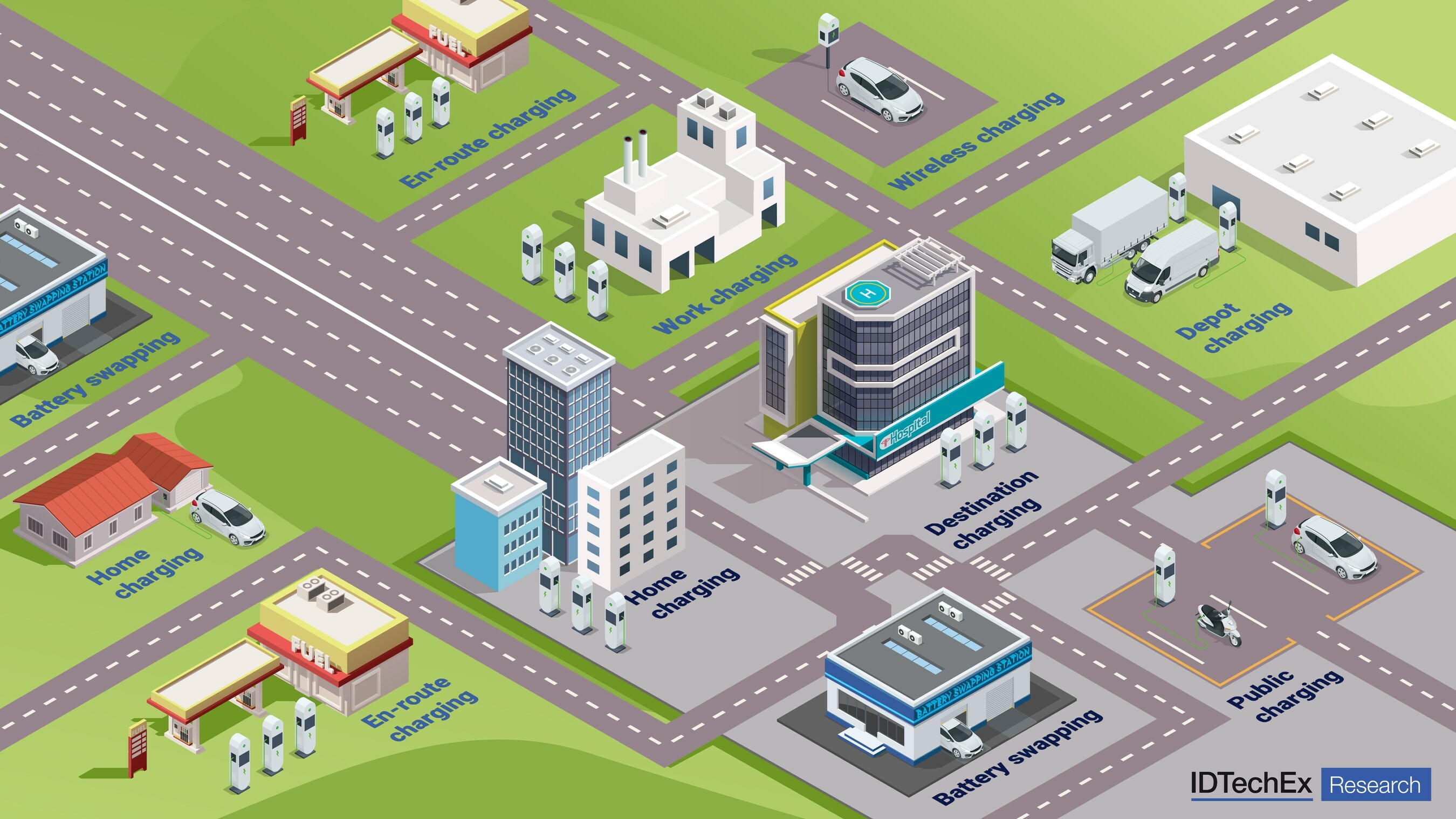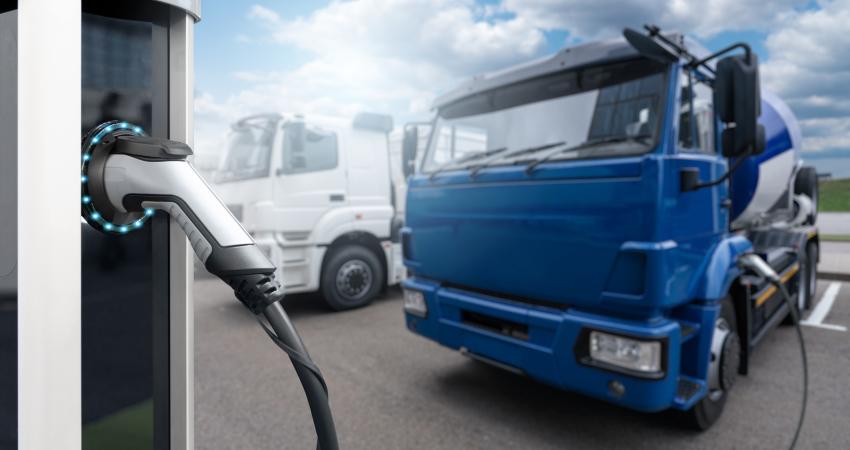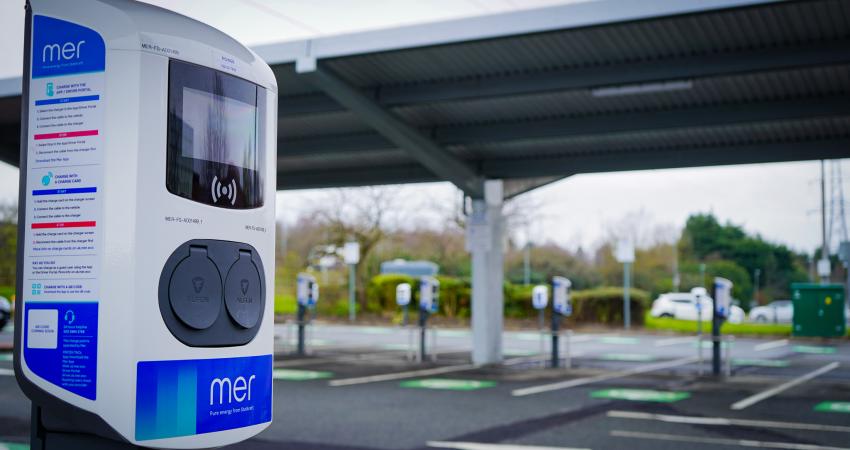
Meanwhile, in North America, a similar trend is anticipated, with the total number of dedicated charging points expected to rise from 4,150 in 2022 to a substantial 378,000 by 2030, driven by a CAGR of 76%. This count encompasses both public and non-public charging stations.
These are among the findings in the "Charging Infrastructure for Heavy Commercial Vehicles in Europe and North America - 1st Edition" report, which has been added to ResearchAndMarkets.com's offering.
The commercial vehicle charging infrastructure sector is identified as being in its early stages of growth, signalling a phase that is likely to span decades. Mega-challenges like vehicle emissions and climate change are compelling investments in electric commercial vehicles and charging infrastructure, creating a promising outlook for the market. Notably, stringent emission regulations from European and North American governments are acting as catalysts for market growth.
The integration of advanced technologies such as wi-fi and cellular IoT is poised to connect charging stations, enabling intelligent charging management. Charge point operators (CPOs) can remotely monitor and maintain charging stations, while commercial vehicle drivers can locate available chargers, monitor charging availability, and manage payments. Fleet managers can optimise charging costs by utilising smart charging software during non-peak hours.
An emphasis on depot charging at the home base is anticipated to dominate the commercial vehicle charging landscape. In Europe, the small installed base of public charging stations for commercial vehicles is expected to grow to 72,500 by 2030. Similarly, North America is projected to witness growth, reaching 88,000 charging points by the same year.
The value chain of the commercial vehicle OEM segment is concentrated, with a few major players holding global reach. Established names such as Volvo Group, Scania, Mercedes-Benz Trucks, Freightliner, and others lead the industry. Newcomers like Einride, Tesla, Nikola, and Volta Trucks are targeting the electric commercial vehicle market with innovative pilot projects and collaborations.
In North America, both regional and international companies offer DC chargers for commercial vehicles. Key players like ChargePoint provide comprehensive solutions encompassing hardware, software, and CPO services. Other significant regional hardware providers include ABB, Blink Charging, BorgWarner, and Siemens.
The DC charging solutions market in Europe exhibits fragmentation, with notable actors like ABB, EVBox, Heliox, and Siemens. Software-specific providers like Ampeco, Driivz, and Noodoe offer connectivity solutions such as fleet management tools, peak shaving, and smart charging management.
Numerous CPOs are targeting the heavy commercial vehicle charging sector, with expansion plans spanning North America. Initiatives like TeraWatt Infrastructure, Greenlane, and Forum Mobility are focused on widespread growth. Particularly in North America, charging stations are concentrated in California, with additional pilot projects in states like New York and Quebec. In Europe, CPO Milence plans to deploy 1,700 charging stations by 2027, while Aral Pulse, Circle K, EnBW, and Rifil are among the key players with heavy commercial vehicle charging initiatives.
The report includes insights from 30 executive interviews with market leading companies; new data on heavy commercial vehicle charging infrastructure in Europe and North America; comprehensive description of the EV charging value chain and key applications; in-depth analysis of market trends and key developments; pofiles of 41 companies offering EV charging hardware and software; as well as profiles of 25 charge point operators (CPOs) and 21 electric heavy commercial vehicle OEMs.





